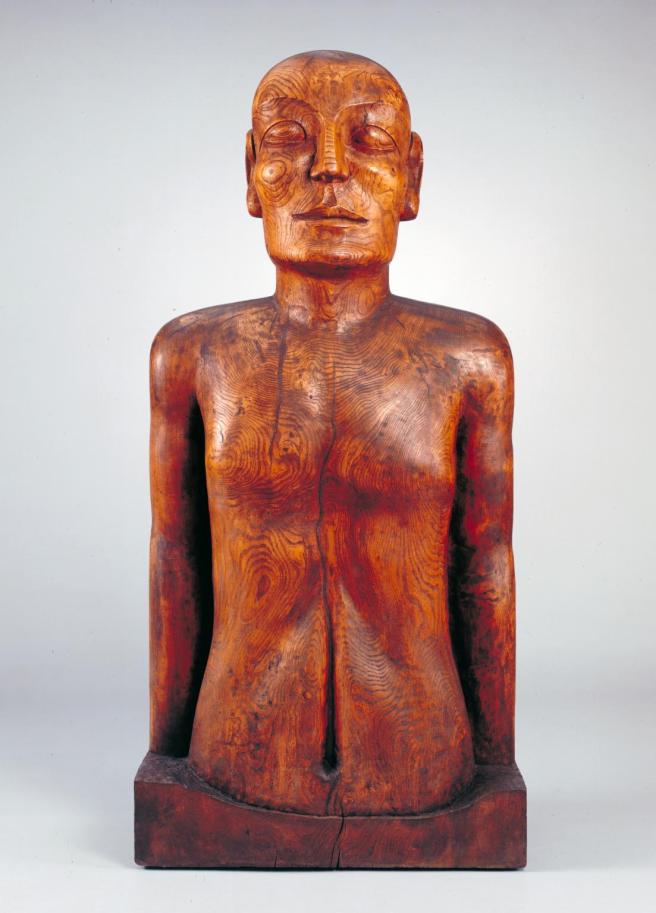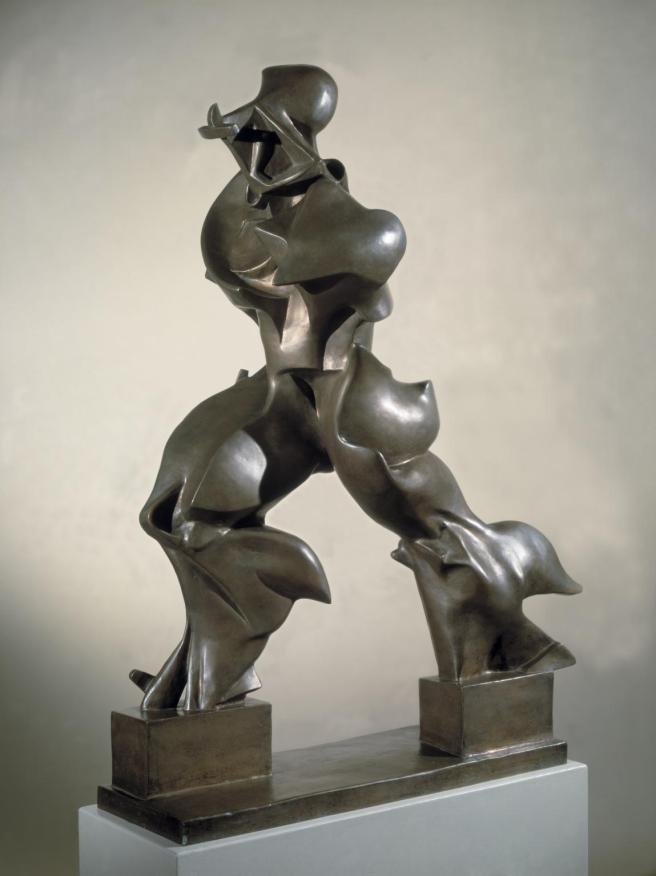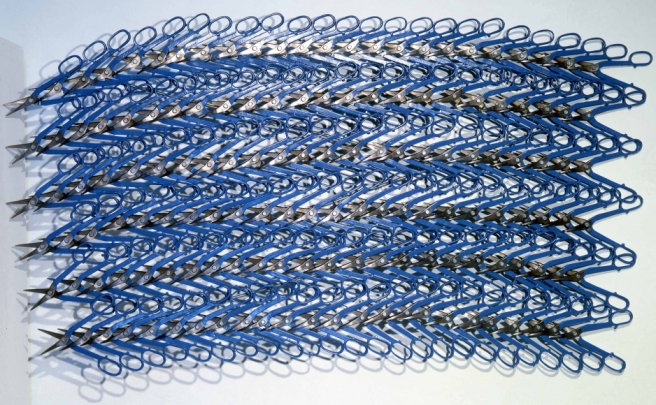
Annette Messager is a French Artist currently living and working in Malakoff, France. I saw this piece, ‘The Pikes 1992-3’ in the Tate a few years ago, and even being familiar with her style of work it was nonetheless impressive to see in person.
Messager’s work is collection based, sometimes reminding me of the work of Arman, but she uses unusual display techniques. Her installations often include some form of suspension, whether it be from the ceiling or the floor. The installations often feature photographic work as well as some sculptural, three-dimensional pieces. On closer inspection, I realised that the pieces were organised by theme: feet and hands, maps and figures.
The sticks, or ‘pikes’ that the photographs and three-dimensional pieces are dark and stand out against the white gallery wall. They are leant up against the walls, not appearing secured as if they could be picked up and carried around. I like Messager’s display techniques and installations, I find them to be refreshing and a genuine joy to stumble across in a gallery.
More of her work can be seen here.









